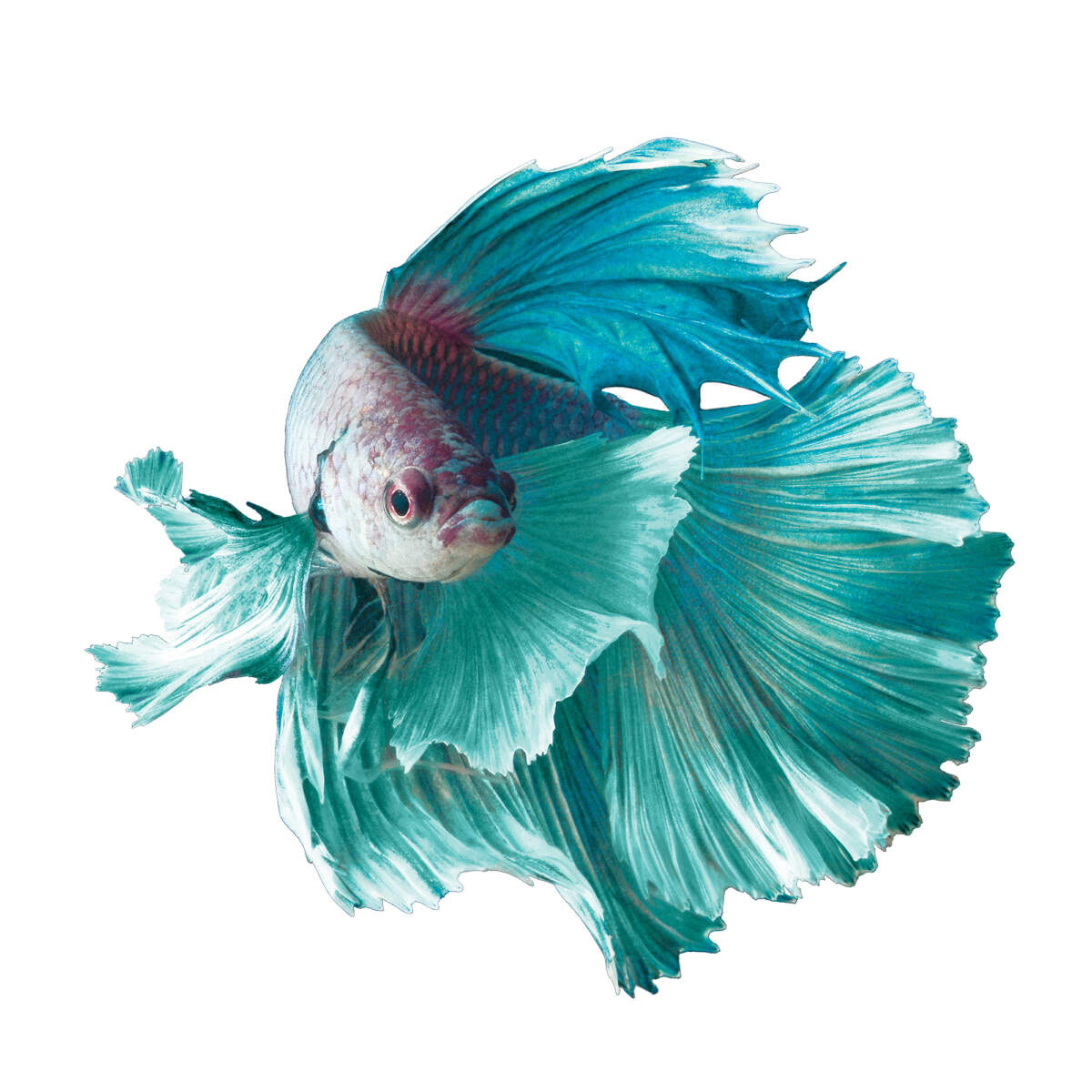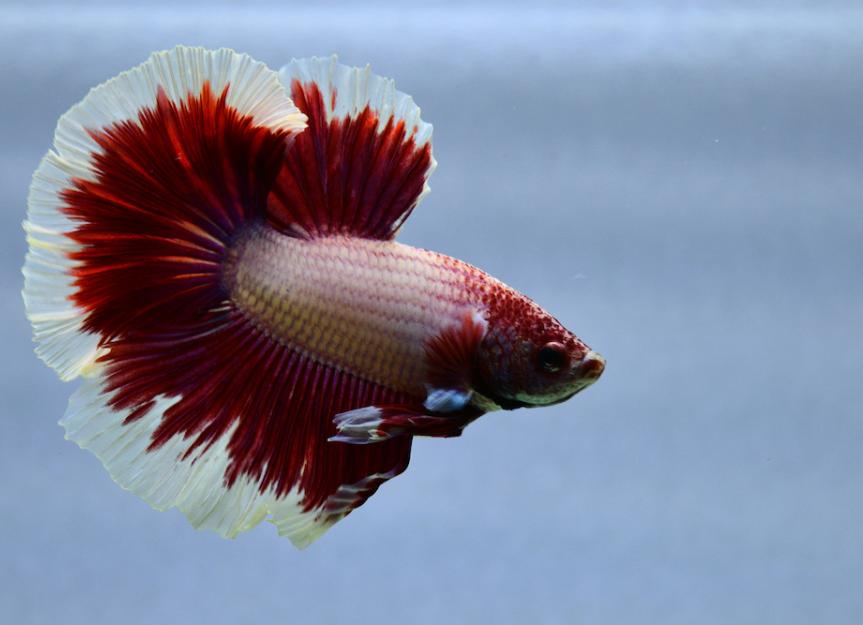All About Betta Fish: Comprehending Their Unique Needs, Actions, and the Ideal Practices for Ideal Care
Comprehending the distinct requirements and behaviors of Betta fish is important for any type of aquarist looking to supply optimal treatment. betta fish. As we check out these components even more, the ramifications for both newbie and knowledgeable fish keepers end up being progressively obvious, elevating questions concerning exactly how best to accommodate these exceptional fish in our homes.
Betta Fish Review
Although typically appreciated for their vivid shades and streaming fins, Betta fish, medically referred to as Betta splendens, are complicated creatures that require details like grow. Stemming from Southeast Asia, these freshwater fish are understood for their territorial nature and special behaviors. Betta fish exhibit sexual dimorphism, with males displaying extra brilliant colors and longer fins than women.
Their hostile propensities, particularly amongst males, require cautious factor to consider when real estate them. Bettas are frequently kept in single-specimen storage tanks to protect against territorial disagreements. They can exist side-by-side in harmony with particular compatible varieties in bigger neighborhood tanks, provided the atmosphere fulfills their needs.

To make sure optimal treatment, aquarists should comprehend their one-of-a-kind behavior qualities, dietary demands, and habitat requirements. betta fish. With appropriate interest, Betta fish can show their dynamic characters and grow in a well-maintained aquarium setup
All-natural Environment and Setting
Betta fish flourish in a diverse variety of natural habitats, primarily located in the superficial waters of Southeast Asia, consisting of rice paddies, swamps, and slow-moving streams. These atmospheres are characterized by cozy temperature levels, commonly between 75 ° F and 82 ° F(24 ° C and 28 ° C ), and a pH level ranging from 6.5 to 7.5, which is suitable for their health and wellness and health.
In their natural environments, Betta fish are accustomed to dense vegetation, giving both shelter and breeding premises. The presence of plants such as drifting water lilies and thick lawns not only offers security from predators but additionally contributes to the oxygenation of the water, which is essential for their respiratory demands. Additionally, these settings commonly have areas of still water, permitting Betta fish to exhibit their all-natural behaviors such as bubble nesting.
Recognizing the natural environment of Betta fish is important for aquarium lovers. Replicating these problems-- through water temperature level, pH balance, and the addition of live plants-- can substantially enhance the general health and durability of these captivating fish, guaranteeing they flourish in a home fish tank setting.
Social Habits and Communications
Comprehending the social behavior and communications of Betta Continue fish is vital for effective aquarium administration. Betta fish, or Siamese combating fish, are understood for their distinct behavior attributes, defined largely by territoriality and aggression. Men, particularly, present very hostile behaviors in the direction of one another, resulting in the well-known online reputation of Betta fish as fighters. In a restricted area, 2 men can take part in fierce fights, often resulting in injury or death.
Conversely, female Bettas exhibit less hostile behavior and can coexist in groups, known as sororities, if introduced correctly. It is essential to monitor their interactions closely, as power structure and prominence can lead to problems. Recognizing the characteristics within a Betta area is essential; developing concealing areas and guaranteeing sufficient space can mitigate aggression.
In enhancement, Betta fish might also display curiosity and social actions in the direction of other species. While they can exist side-by-side with check my reference particular non-aggressive storage tank mates, it is necessary to pick suitable types to prevent stress and aggressiveness. In general, acknowledging these social interactions is key to cultivating a harmonious fish tank setting for Betta fish.
Crucial Treatment Guidelines
Providing appropriate treatment for Betta fish is important to their wellness and well-being. Routine water changes-- around 25% once a week-- help preserve water top quality.
Betta fish require an appropriate tank size; a minimum of 5 gallons is advised to offer appropriate room for swimming and hiding. Include designs and plants to produce a revitalizing environment, but stay clear of sharp objects that might hurt their fragile fins.

Last but not least, make sure the storage tank is geared up with a filter to maintain the water tidy, yet utilize a gentle filter to avoid solid currents that can worry the fish. By complying with these vital treatment standards, proprietors can advertise a healthy and balanced and vibrant Betta fish.
Common Wellness Issues and Solutions
In the treatment of Betta fish, understanding of common wellness problems is vital for maintaining their health. One common issue is fin rot, usually triggered by poor water quality or microbial infection. Signs and symptoms include torn or tarnished fins. To treat fin rot, enhance water conditions and think about using a broad-spectrum antibiotic.
An additional typical disorder is ich, a parasitic infection characterized by white areas on the fish's body (betta fish). Therapy includes raising water temperature and including fish tank salt to the storage tank, as this can aid get rid of the bloodsucker
Swim bladder disorder is likewise regularly observed, leading to buoyancy issues. This problem may develop from overfeeding or irregular bowel movements. A fasting duration of 24-48 hours, followed by a diet plan of blanched peas, can give relief.
Finally, bettas might experience velour disease, suggested by a gold dust-like look on their skin. Treatment normally calls for medicine particularly designed for outside bloodsuckers, along with enhanced tank hygiene.
Regular tracking of water specifications, keeping a tidy atmosphere, and providing a balanced diet plan are important precautionary measures. By dealing with these health and wellness problems immediately, Betta fish can lead much healthier, extra lively lives.
Final Thought
In recap, successful betta fish treatment calls for an understanding of their one-of-a-kind demands and actions. Providing an ideal setting, including appropriate tank dimension and water conditions, is important for their wellness. Furthermore, recognizing their territorial nature and making certain ample more tips here concealing places can avoid hostility. Regular monitoring of health and wellness and water quality, along with a balanced diet, contributes to the long life and vibrancy of betta fish. Following these guidelines will certainly foster a successful water ecosystem for these fascinating creatures.